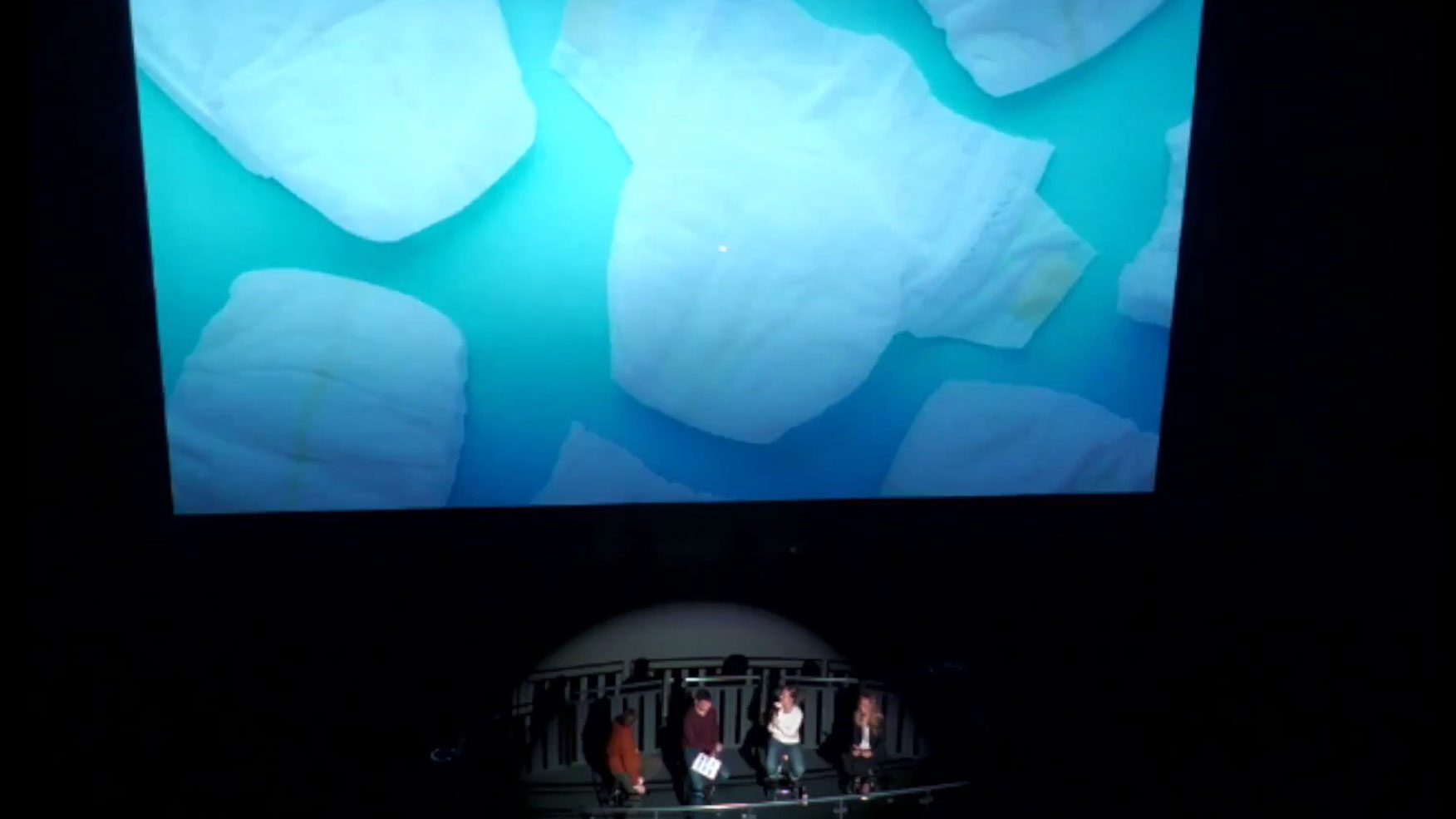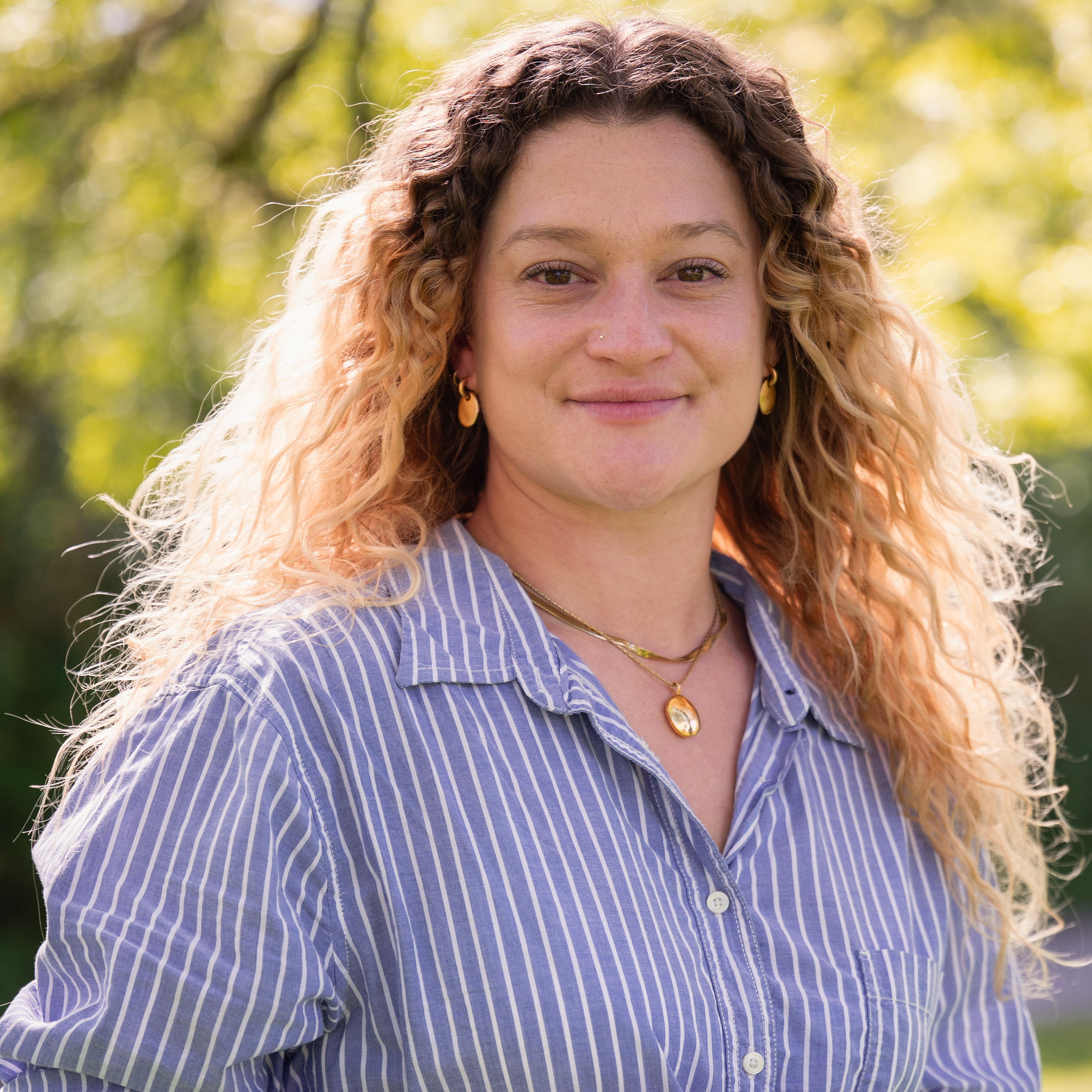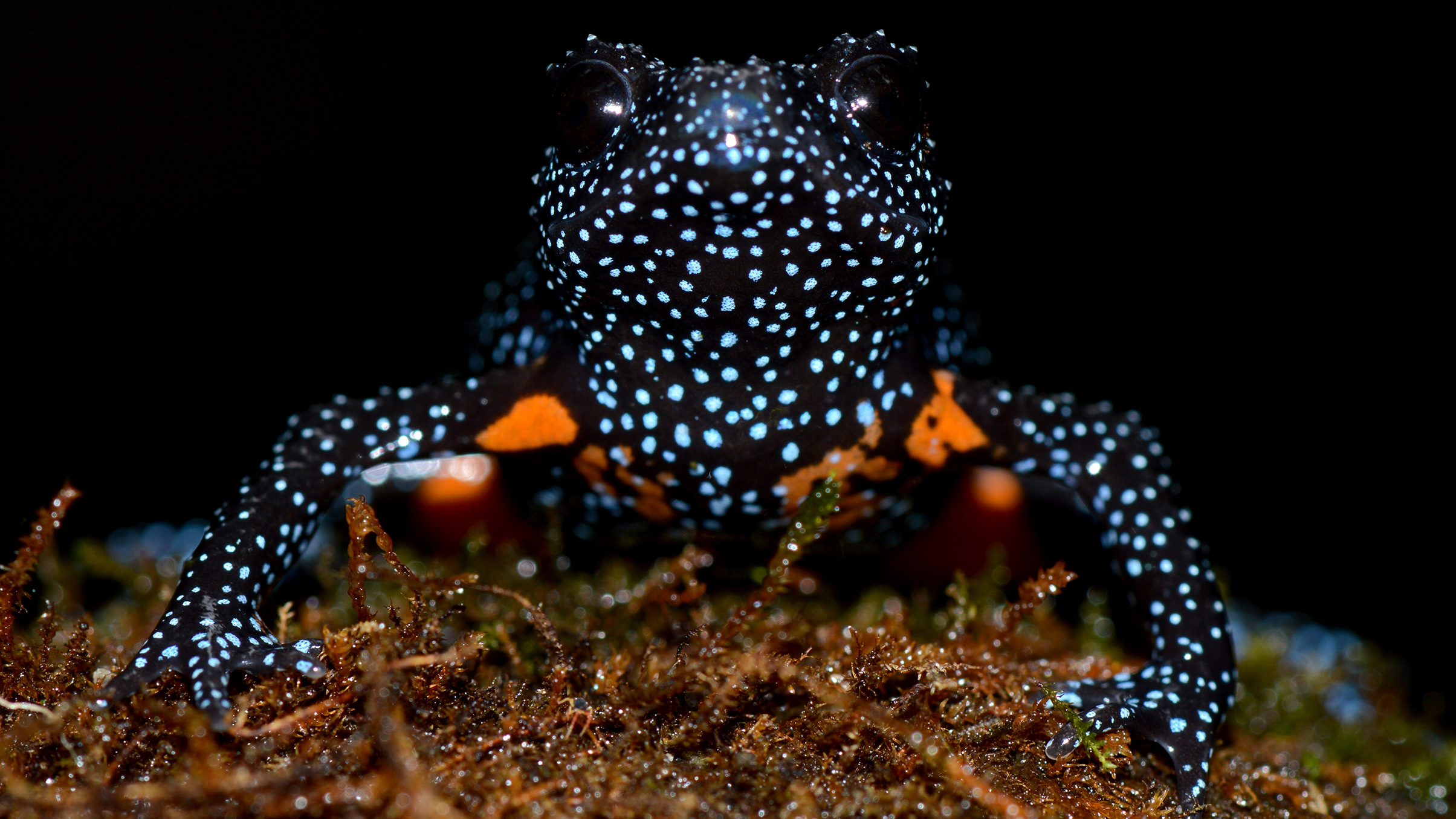Did you know underwater cinematographers wear diapers on long shoots? Experts share their tips at Bristol Wildscreen Festival
Bérénice Mathieu talks about "the creative zone" shooting on Blue Planet II – and tips on how to get behind a camera on Blue Planet III

On day one of the Bristol Wildscreen Festival – which celebrates advances in natural world storytelling – I was lucky enough to go to an underwater cinematography masterclass.
Chaired by Yoland Bosiger, a producer on BBC Blue Planet II among other projects, the expert panel consisted of nature documentary cinematographer Hugh Miller, camera operator Bérénice Mathieu, and adventure and wildlife cameraman Rob Taylor. All revealed their underwater secrets.
It seems like the dream job, spending weeks travelling the world's oceans, filming natural phenomena that many never get to see other than through a screen.
Blue Planet II, which aired in 2017 was the most-watched TV show in the UK, with 17 million viewers across TV and online – and seen by many millions more in over 30 countries.
Filled with incredible storytelling and unfathomable shots, the challenges and preparation in shots like this are hard to imagine for laymen.
Mathieu is an incredibly experienced camera operator, just as comfortable under the waves as she is venturing across frozen sea ice. Her recent credits include ‘Shark with Steve Backshall’ and ‘Predators’ for Netflix.
She described the many dangers of long shoots: oxygen toxicity, proximity to dangerous animals, and the years of training, experience and qualifications these experts need to not only get the perfect shot, but stay safe in the water.
The best camera deals, reviews, product advice, and unmissable photography news, direct to your inbox!
"I remember this one shoot," she told the room, “everything was perfect, the outside visibility, the weather conditions, the animal behavior, we had a drone up every single day, it looked amazing, the colors were beautiful.
"But as soon as we jumped in the water, the visibility was about two to five meters. So if you add up all the time we had in the water over five weeks, it was probably about two or three hours.
"So it means as soon as you jump in, it’s essential to be in your creative zone, ready to craft the story, and that comes with experience. The more time you spend in the water, all those elements will become way more natural."
She then moved on to some of the challenges of shooting in colder waters while wearing a dry suit.
"I started my career in the tropics, so it was really great to be in shorts the whole time. Then I had to get into dry suit diving, and you pretty much feel like an elephant in the water, so it’s really good to practice."
She said that ordinarily, when shooting for a long time in the water you often have a P-valve, which lets liquids, I’ll let you guess which ones, out of the dry suit.
"But sometimes that’s not possible, so in this case, you need nappies! So we’re just a bunch of grownups wearing nappies at work. So that’s the cool stuff of the job."
Bosiger has worked as a producer on Blue Planet II, Frozen Planet II and Planet Earth III, and she had a very interesting message for those who think that their dream career is out of their reach.
"We’re always on the lookout for new behavior for our programs... you can still be finding those stories while you train and gain experience.
"Blue Planet III is still looking for stories. There’s an unwritten rule that if you bring an idea and we use it, you will be used on the shoot. You may not be the main operator if you don’t have the experience yet, but we would use you as a second camera operator or in a secondary role."
If you're interested in getting into underwater photography, take a look at our guides to the best waterproof cameras, the best underwater drones, and the best underwater housings for cameras.

After graduating from Cardiff University with an Master's Degree in Journalism, Media and Communications Leonie developed a love of photography after taking a year out to travel around the world.
While visiting countries such as Mongolia, Kazakhstan, Bangladesh and Ukraine with her trusty Nikon, Leonie learned how to capture the beauty of these inspiring places, and her photography has accompanied her various freelance travel features.
As well as travel photography Leonie also has a passion for wildlife photography both in the UK and abroad.

